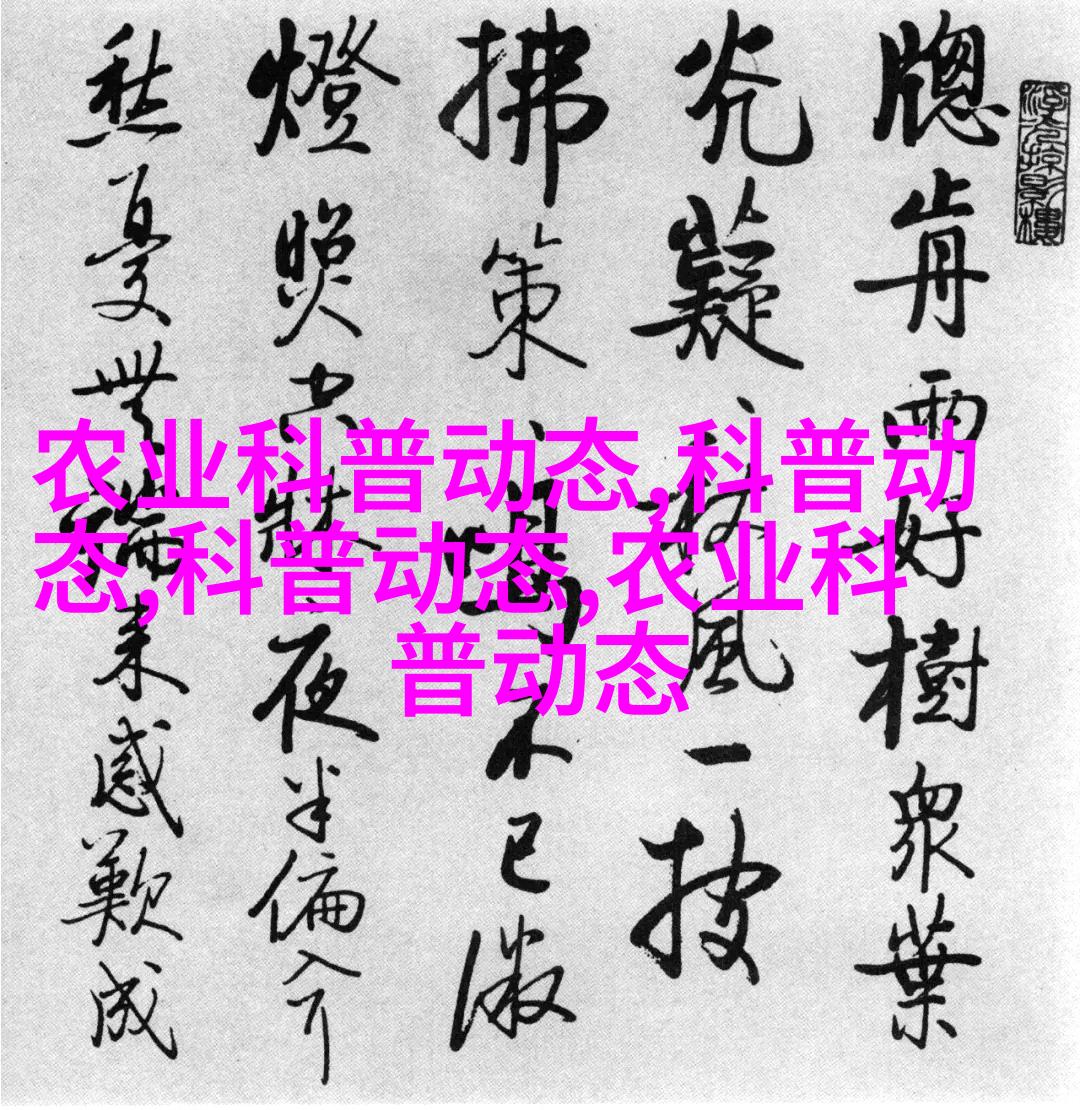Can grass fish be farmed using recirculating aquac
Can grass fish be farmed using recirculating aquaculture systems (RAS)? If so, how does it work?

Recirculating Aquaculture Systems (RAS) have been gaining popularity in the field of aquaculture due to their ability to provide a controlled and sustainable environment for fish farming. Grass carp is one of the most widely cultivated species in China, known for its high nutritional value and excellent growth rate. This article aims to explore whether RAS can be used for grass carp cultivation and how this technology works.
Firstly, let's understand what RAS is all about. RAS is an advanced form of water reuse technology that involves treating wastewater from fish tanks before reusing it as part of the system's closed loop. The system consists of several key components: water intake, filtration unit, biological treatment unit, sedimentation tank, disinfection chamber, aeration unit and finally storage tank or reservoirs.

Grass carp are ectothermic animals which means they cannot regulate their own body temperature but rather rely on external sources such as sunlight or artificial heat sources like heaters or warm pumps to maintain optimal growth conditions at around 25-30°C during day time with slight drop at night.
The use of RAS in grass carp farming offers numerous advantages over traditional pond-based culture methods:

Water conservation - By utilizing treated effluent from one stage as input for another stage within the same system reduces overall freshwater consumption significantly.

Energy efficiency - With proper design and operation techniques energy inputs needed can be minimized through efficient use of equipment like pumps & fans.
Improved water quality - Regular monitoring & control enables better management resulting in improved health status among cultured organisms.

4 Enhanced disease prevention - Closed-loop systems minimize exposure risks by reducing chances contact between infected individuals other susceptible ones thereby decreasing incidence rates amongst stock populations
5 Increased production capacity per area footprint – Due higher stocking densities supported by optimized nutrient cycling processes without compromising ecosystem balance
However there are some challenges associated with implementing this technology too:
1 Initial investment costs may seem steep due requirement specialized infrastructure construction materials maintenance personnel etcetera
2 Technical expertise required for effective operation including regular monitoring adjusting parameters according specific needs species characteristics etcetera
3 Risk associated with failure malfunctioning parts leading potential losses financial resources
To address these concerns researchers scientists industry professionals collaborate develop innovative solutions enhance sustainability performance while maintaining profitability bottom line enterprises adopting such technologies.
In conclusion though not without its challenges Recirculating Aquaculture Systems offer promising opportunities improve efficiency productivity safety standards within grass carp farming sector leveraging cutting-edge science engineering practices advancements while promoting eco-friendly sustainable practices worldwide contributing towards global food security goals through responsible resource utilization strategies implementation policies development initiatives support fostering long-term success future generations alike